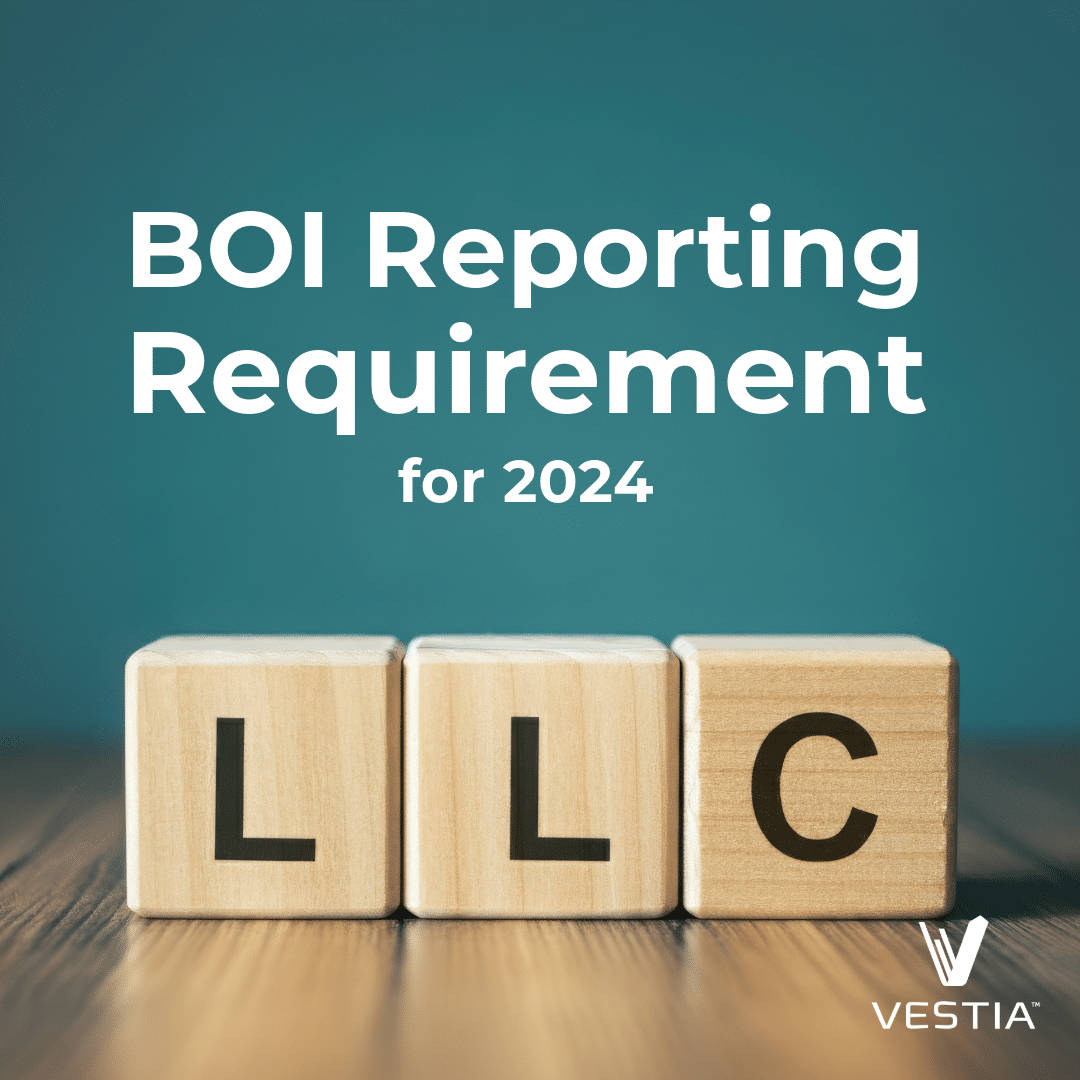You’ve decided to open your orthopedic practice—Congratulations! While building your patient base, hiring the right people, and practicing what you love, we believe keeping an eye on your (and your employee’s) future is essential. One potential way to do that is with the right retirement plan.
Today we’ll review several popular retirement plan options and what you should potentially consider with each.
For Medical Practice Owners
Selecting the right retirement plan starts with research to get a full-picture view of what’s available to you and your employees. There are three commonly used options for retirement plans for medical practice owners: SIMPLE IRA, 401(k), and profit-sharing.
SIMPLE IRA
If you have fewer than 100 employees, you might consider a Savings Incentive Match Plan for Employees (SIMPLE IRA). In this retirement savings vehicle, both employers and employees can contribute tax-deferred.
The contribution structure for SIMPLE IRAs differs slightly from their 401k counterparts. Employer contributions are mandatory, and there are two contribution options to choose from:
- 100% dollar-for-dollar match of employee contributions up to 3% of an employee’s compensation.
- Employers can contribute 2% of each employee’s compensation with a maximum contribution of $305,000.
SIMPLE IRAs may be an excellent option for medical practice owners because they are relatively simple to establish (that’s why it’s a simple IRA!), and employer contributions are tax-deductible. All employee contributions are also pre-tax, and the account grows tax-deferred for as long as it’s active. It may also a cost-effective account to maintain because administrative costs are low.
However, this retirement option has two main disadvantages:
- Low contribution limits: For 2023, employee contributions can’t exceed $15,500 per year, which is significantly lower than other retirement options. This could curtail retirement savings efforts and make it more difficult for employees to reach retirement goals.
- Yearly contributions: SIMPLE IRAs require employers to make contributions each year, which can be difficult for newer businesses with unstable cash flow.
You might consider migrating from a SIMPLE IRA to a 401k as the practice grows and becomes more stable.
401(k) Plans
401ks are one of the most popular retirement vehicles and can be strong options for established medical practices. A 401k plan is a company-sponsored retirement account where employees contribute a certain percentage of income from their paychecks. Employers can match those contributions if they choose to do so.
There are two different 401k plans available for medical practice owners: traditional and Roth. In a traditional plan, employees contribute pre-tax dollars, and withdrawals in retirement are taxable. Roth plans are the opposite. Roths allow for post-tax contributions, and all withdrawals in retirement are tax-free.
There are many benefits to implementing a 401k plan:
- High contribution limits: Participants can contribute up to $22,500 to their 401k in 2023. Employees over 50 can make additional “catch-up” contributions that cannot exceed $7,500.
- Flexibility: Everyone likes to have options. Including both Roth and Traditional plans gives medical practice owners the flexibility they need.
- Recruitment: Offering a competitive employer match can be a great way to attract and retain strong talent.
It’s not all sunshine and rainbows, however. 401ks are known for their lengthy set-up process and ongoing admin fees. But keep in mind some costs may be tax deductible as the owner and this could be a great way to reward employees who stay with you over the long haul.
Profit-Sharing Opportunities
Many medical practice owners offer a profit-sharing component within their retirement plans. Profit-sharing is when an employer provides employees with a percentage of the company profits, usually quarterly or annually. The doctor can give themselves sizeable profit sharing which as well can be a valuable before tax deduction and add to the doctor’s retirement portfolio.
A profit-sharing plan is available for any size business and can be established in conjunction with other retirement plans like a 401(k). Employers have complete control over how and when they make their contributions. The caveat is that companies must prove that the profit-sharing plan doesn’t discriminate in favor of highly compensated employees – your plan’s Third Party Administrator can help you with this.
Before starting, you must complete the IRS form 5500 and disclose every plan participant.
For Self-Employed Orthopedic Surgeons
There are many excellent retirement savings options for self-employed physicians. Two that you might consider are a SEP IRA or a Solo 401k.
SEP IRA
A SEP IRA, or Simplified Employee Pension Plan, allows self-employed orthopedic surgeons and physicians to save for retirement with significant, pre-tax contributions. Withdrawals in retirement are taxed as ordinary income, but the potential for compound growth within the account makes it possible to accumulate a sizeable nest egg.
SEP IRAs are easy to use and manage, which makes them ideal for self-employed physicians who want to save for retirement.
Be aware – if you currently utilize the backdoor Roth IRA strategy, funding a SEP IRA could jeopardize your ability to fund your backdoor Roth moving forward. Consult with an advisor who can help you navigate the options based on your situation!
Solo 401k
Another option to consider as a self-employed orthopedic surgeon is a Solo 401k.
A 401k and a Solo 401k are the same except for one detail. A Solo 401k is only for a single employee or self-employed physician. You still get Traditional and Roth options; the only difference is that you’re the employer and the employee. The 2023 contribution limits are also the same: $22,500 or $30,000 if you are 50 and over.
Pro tip: This is a 401k plan, so you can also make a backdoor Roth IRA contribution if you otherwise qualify.
We met a surgeon making roughly $200k per year in consulting income. They were leveraging a SEP IRA. Because of this, they were unable to fund a back door Roth, and his wife, who coordinated his schedule and contracts, was unable to participate in the plan.
By restructuring to a solo 401k both were able to leverage deferrals and business match to reduce taxable income and open up back-door Roth funding.
Deciding On The Right Retirement Plan
Before you decide on a retirement plan, we suggest having all the information you need to make the best decision for you and your employees. If you have questions about the right retirement plan for your orthopedic practice, get in touch with our team.
Disclosures:
Investment advisory services offered through Vestia Personal Wealth Advisors, Vestia Retirement Plan Consultants, and Vestia Advisors, LLC. Securities offered through Ausdal Financial Partners, Inc., 5187 Utica Ridge Rd, Davenport, IA. 52807 (563)326-2064. Member FINRA/SIPC. Vestia Personal Wealth Advisors, Vestia Retirement Plan Consultants, Vestia Advisors, LLC, and Ausdal Financial Partners, Inc. are independently owned and operated.
This material is intended for informational purposes only. It should not be construed as legal or tax advice and is not intended to replace the advice of a qualified attorney or tax advisor. This information is not an offer or a solicitation to buy or sell securities. The information contained may have been compiled from third-party sources and is believed to be reliable. All investing involves risk, including the loss of principal.



